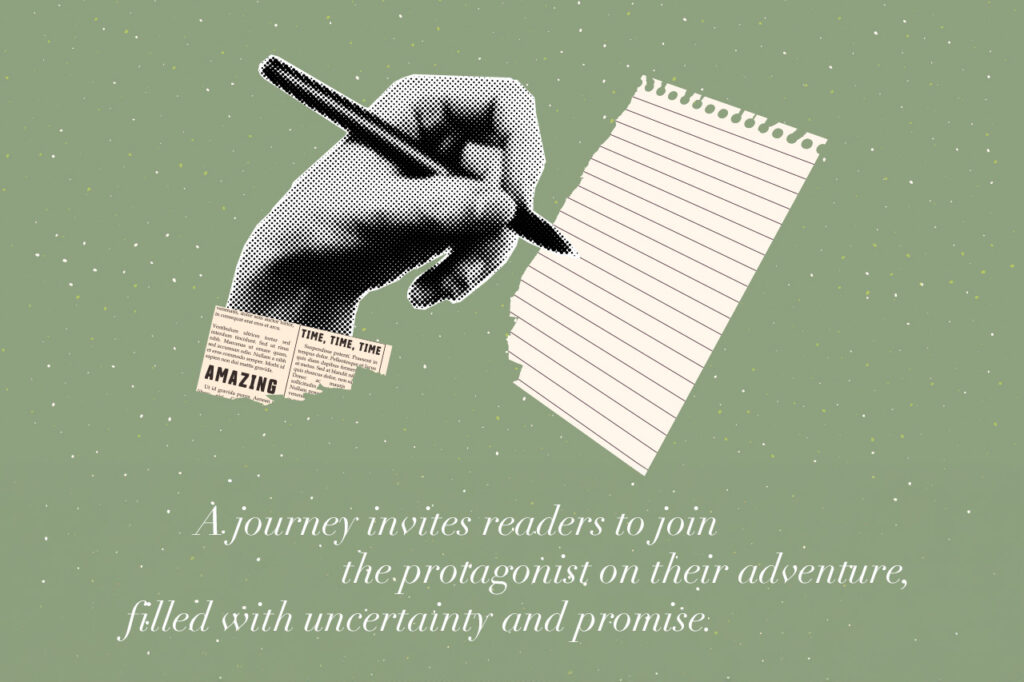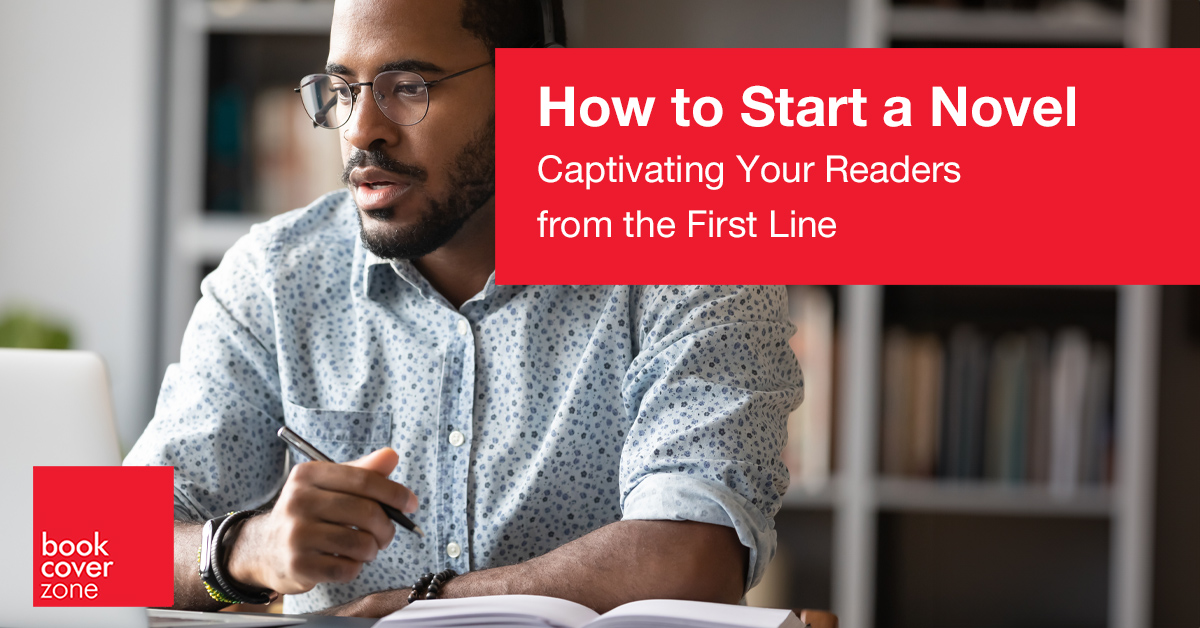Starting a novel is one of the most crucial steps in your writing journey. The opening lines set the tone, introduce your characters, and establish the stakes. If you want to hook your readers and keep them turning the pages, consider these four effective techniques for crafting an engaging opening.
1. Start with a Question
Questions immediately engage readers by prompting them to think and reflect. A well-placed question can evoke curiosity, compelling them to seek answers as they dive deeper into your story. For example, begin with something like:
“What would you do if you discovered the person you loved most was hiding a dark secret?”
This type of opening not only piques interest but also invites readers to put themselves in the character’s shoes, fostering a deeper emotional connection right from the start.
2. Start in the Middle of Something Gripping
Opening your novel in the middle of an intense scene can catapult readers directly into the action. This technique creates immediacy and urgency, making it hard for readers to look away. For instance:
“The sirens blared, drowning out her thoughts as she sprinted through the alley, her heart pounding in time with her footsteps.”
By starting in the midst of a high-stakes moment, you establish tension and intrigue, encouraging readers to keep turning pages to understand what led to this moment and what will happen next.

3. Start with Catchy Dialogue
Dialogue can be a powerful tool for drawing readers in. It provides insight into characters, sets the tone, and creates an immediate sense of realism. Consider starting with a line like:
“I can’t believe you actually did it!” Sarah exclaimed, her eyes wide with disbelief.
This approach not only hooks readers with the drama of the situation but also makes them curious about the characters and their backstory. Engaging dialogue can set the stage for conflicts, humor, or relationships, pulling readers into the narrative seamlessly.
4. Start with a Voyage
Beginning your novel with a journey—whether it’s a physical voyage, a train ride, or an escape—can evoke a sense of adventure and possibility. This technique often symbolizes change and sets the stage for character development. For example:
“As the train pulled away from the station, Clara felt a mix of excitement and dread, the familiar landscape fading into a blur behind her.”
This kind of opening not only introduces a character but also hints at their emotional state and the journey ahead, both literally and metaphorically. It invites readers to join the protagonist on their adventure, filled with uncertainty and promise.

Conclusion
The opening of your novel is your chance to make a lasting impression. Whether you choose to start with a question, dive into a gripping scene, use catchy dialogue, or embark on a voyage, the goal is to captivate your readers and draw them into your world. Experiment with these techniques, and find the one that resonates best with your story.
